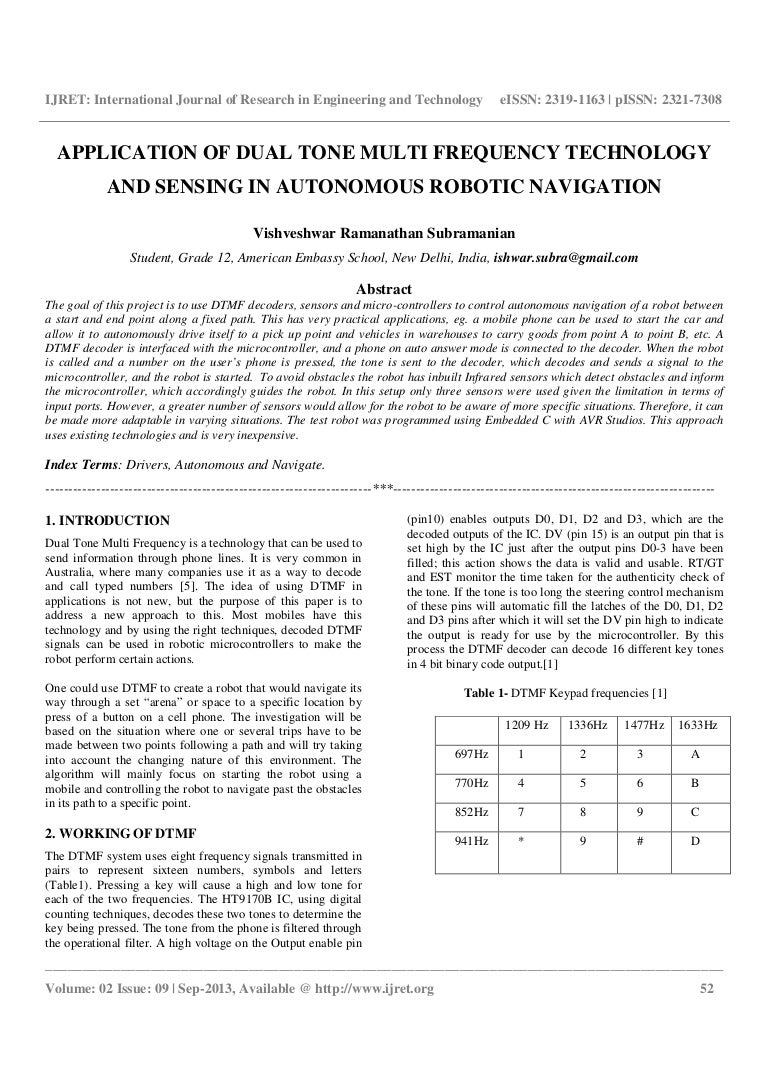

We have tested the KNN, SVM, and GASOM algorithms on two audio classification systems.

In this paper, we present an optimized audio classification and segmentation algorithms that are used to segment a superimposed audio stream according to its content into 10 main audio types: speech, non-speech, silence, male speech, female speech, music, environmental sounds, and music genres, such as classic music, jazz, and electronic music. It may depend on audio segmentation which is one of the many other tools used in this area. Now-a-days, multimedia content analysis occupies an important place in widely used applications. The proposed model is also computationally inexpensive and showcases relatively low computing time and complexity. The proposed models have been verified and validated with unseen noisy testing data and it was found that the proposed KNN model D outperformed all the other models with a macro recall, precision and F1 classification score of 97.7, 97.70625 and 97.70046 respectively. The four models differ in being trained with and without the augmented data using the two aforementioned feature extraction algorithms, namely MFCCs calculation and the Goertzel’s algorithm. Mel-Frequency Cepstral Coefficients (MFCC) and Goertzel’s Algorithm (used to estimate the absolute Discrete Fourier Transform (DFT) values for the fundamental DTMF frequencies) are employed to calculate features to be fed to the KNN models.

Two datasets have been amassed, a clean dataset without noise and a noisy augmented dataset with perturbations that are observed in telecommunication channels such as additive white gaussian noise (AWGN), amplitude attenuation, time shift/stretch etc. In order to meet accurate classification/detection requirements for various real-world requirements, a total of four KNN models have been created and compared, and the best one proposed for real-time deployment. A machine learning based approach has been proposed in this research article to detect DTMF tones under the influence of various noises and frequency variations by employing the K-Nearest Neighbor (KNN) Algorithm. The requirement for an efficient method for noise-robust detection of Dual-tone Multi-frequency (DTMF) signals keeping in mind the continuous evolution of telecommunication equipment is conspicuous.


 0 kommentar(er)
0 kommentar(er)
